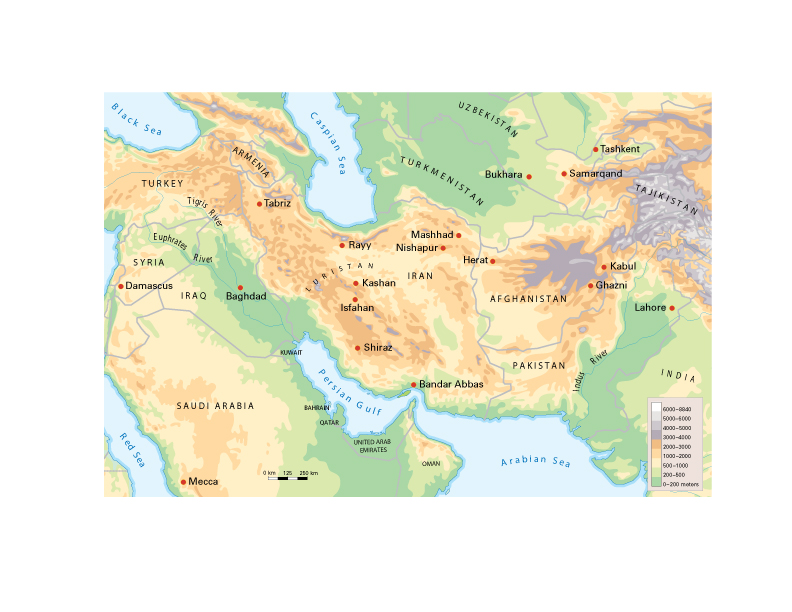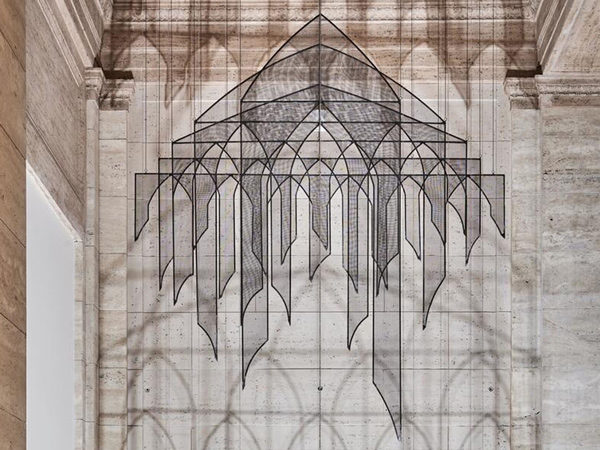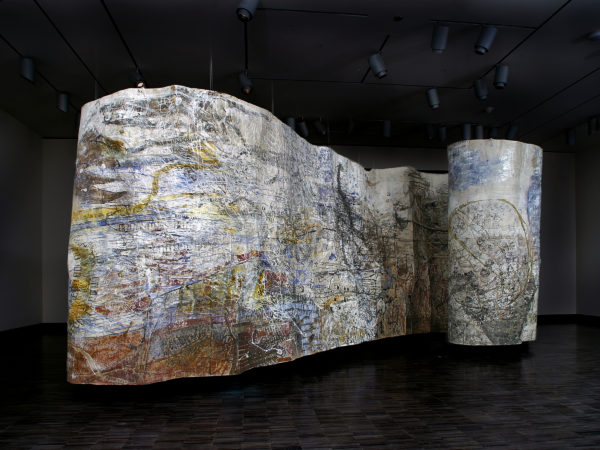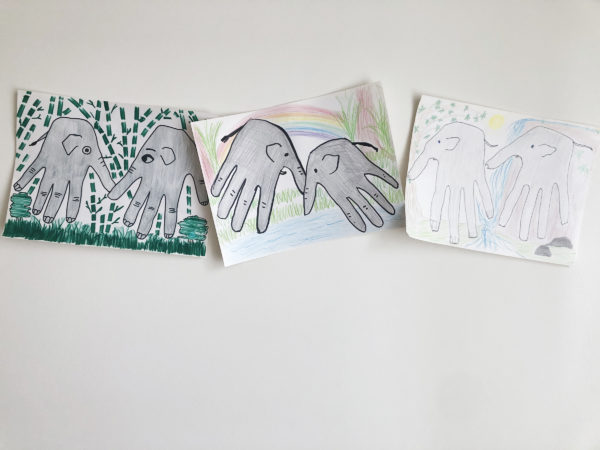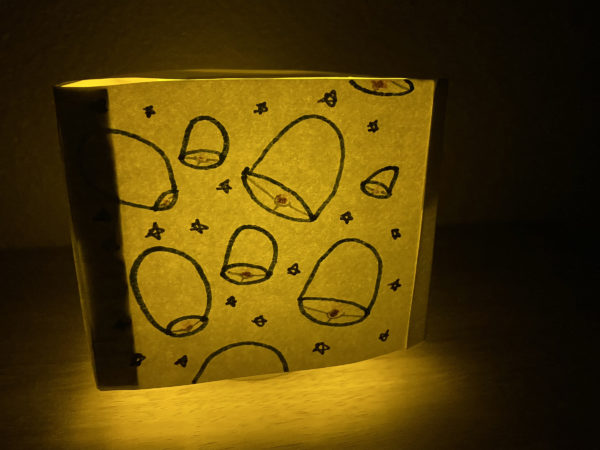Video
Mapping the Silk Road
Objective: Students analyze objects from South Asia, West Asia, and China to connect to the travel experiences of ancient merchants and traders, develop an understanding of the breadth of the land and sea trade, and explore how art and ideas travel and change over time and place.
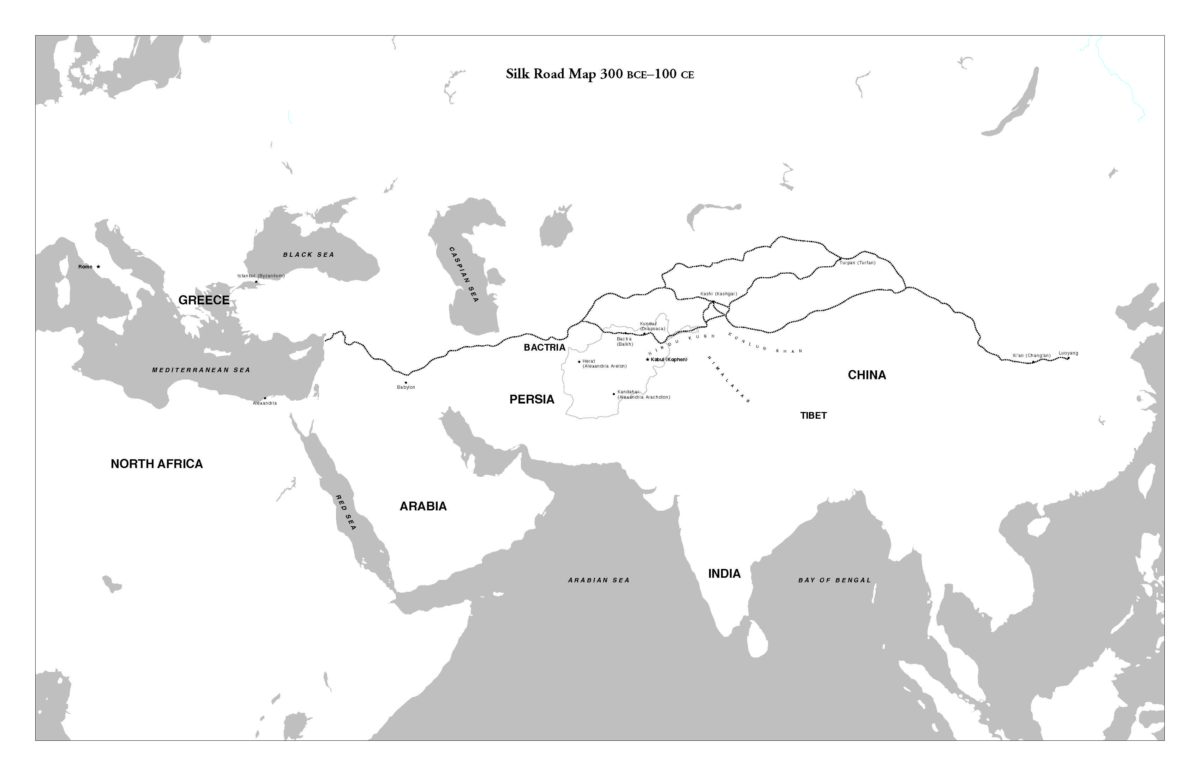
View maps of the Silk Road.
Materials
Powerpoint: Trade and Exchange in the Ancient World
Silk Road Map BCE–100 CE, Silk Road Trade Map
Topographical map (s)
Procedures
1. Your Experiences with Travel.
Do a Quick Write (5-7 minutes), by selecting one of the two prompts. Share in pairs, then as a class.
- Think about a trip that you have taken that involved difficult terrain or weather conditions. Where did you go and why? What problems did you face? If you had not faced those difficulties, how much shorter would your travel time have been?
- Think of the longest trip you have taken, either by time or distance. Where did you go and why? How long did it take? What form of transportation did you use to get there? How would have your travel been different if you went by camel or by foot?
2. What do these pictures have in common?
Show the slide, “What do these things have in common?” (in Powerpoint: Trade and Exchange in the Ancient World) Discuss. Refer to the list of items that commonly traveled the Silk Road. To draw a connection between then and now, ask students to brainstorm products that get imported and exported into America. This may be done individually, in pairs, or as a class.
3. Land or Sea?
Ask students to imagine the pros and cons of traveling by land and sea. Show Powerpoint: Trade and Exchange in the Ancient World to prompt a discussion about topography. Brainstorm the pros and cons of traveling by land or sea.
4. Plot Your Map
- Provide each student with a map of the Silk Road. Ask students to study a topographic map to identify the physical features they notice. Mark the Tian Shan Mountains, Himalayas, Caucasus, Zagros, and Alborz mountains, and the Dasht-e-Lut and Dasht-e-Kavir, and Gobi deserts.
- Working in pairs, students should locate Xi’an and Antioch. Students should circle each city. Provide 5 minutes for students to discuss and mark the route they would take from Xi’an to Antioch, marking it with a pencil. Allow time for students to share routes with another pair and/or as a whole class.
- Show students the regional map, with routes, highlighting that there wasn’t just one single route or road, but rather a series of routes that fed into the main route.



